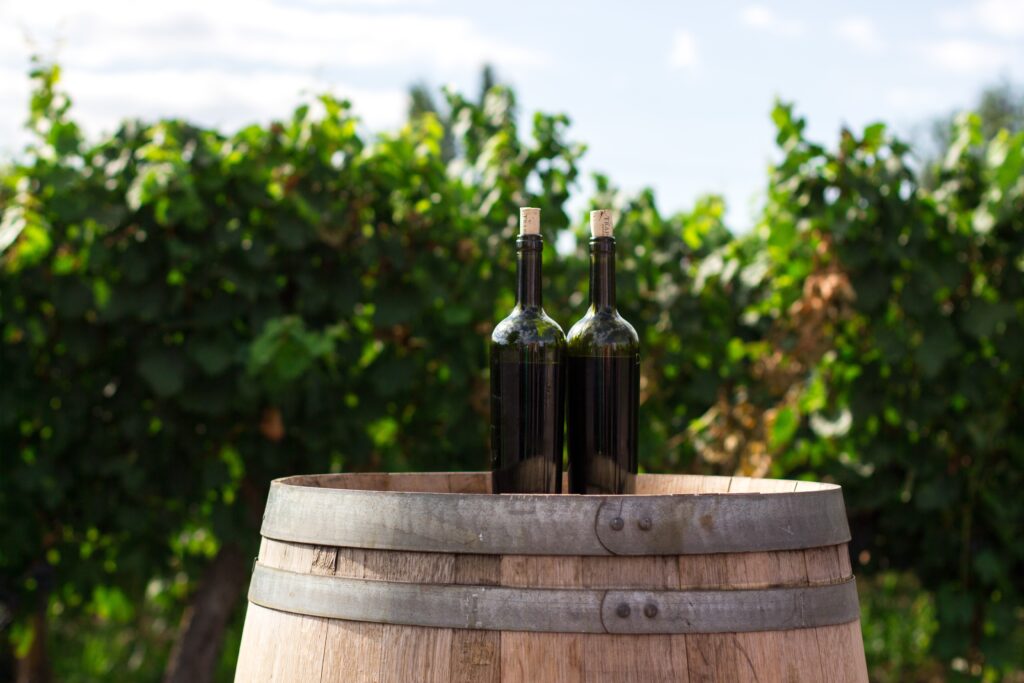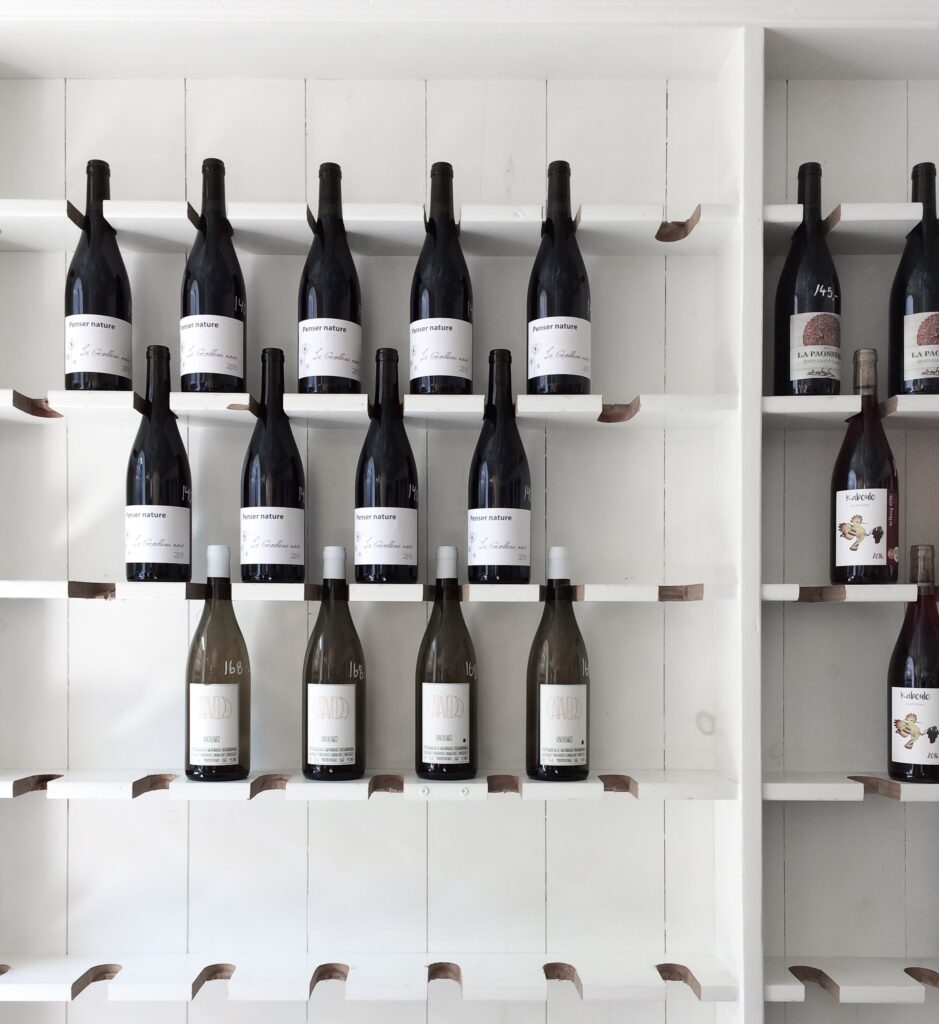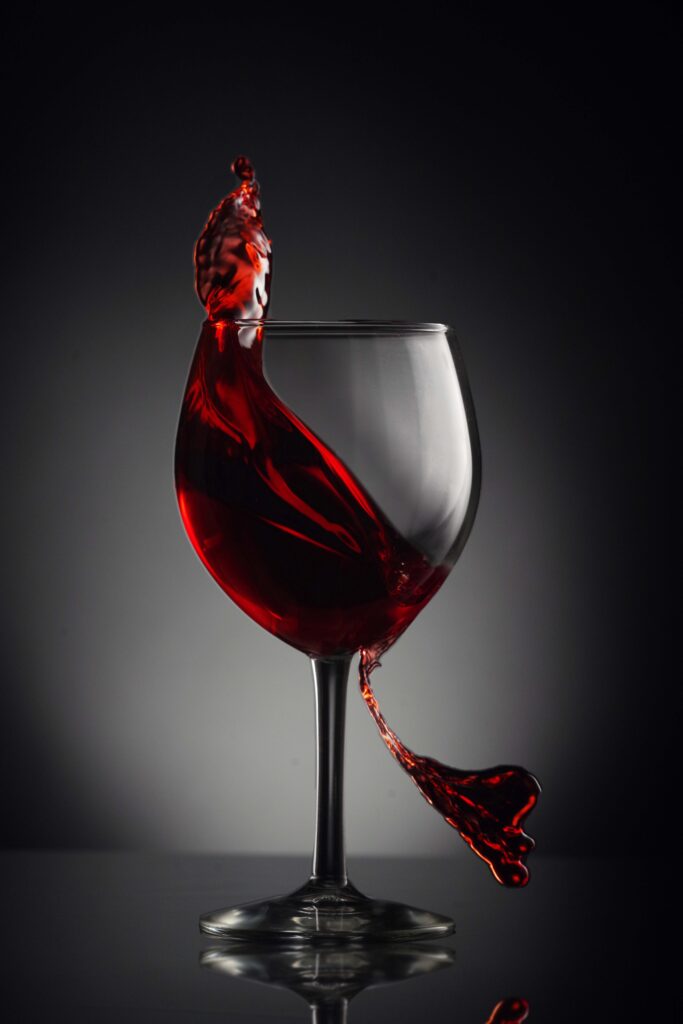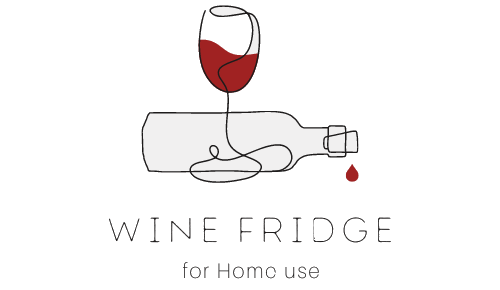If you’re a wine enthusiast, chances are you’ve wondered about the best way to store your precious bottles. We all know that temperature plays a crucial role in keeping wine at its finest, but are there specific wine fridges designed specifically for red or white wines? In this article, we will explore the importance of temperature control and whether investing in a specialized wine fridge is truly essential for preserving the distinct characteristics and flavors of red and white wines. So, grab a glass and join us as we uncover the world of wine storage!

Understanding the Importance of Proper Wine Storage
When it comes to wine, proper storage is essential in maintaining its quality and taste. Whether you are an avid wine collector or simply enjoy a nice bottle now and then, understanding the fundamentals of wine storage will help you make the most of your investment. Temperature, humidity, light exposure, and movement all play a crucial role in preserving your wines and ensuring they age gracefully. In this article, we will delve into each aspect and explore how it affects the longevity and flavor of your favorite red and white wines.
The role of temperature in wine preservation
Temperature is arguably the most critical factor in wine storage. Both red and white wines have an optimal temperature range within which they should be stored to maintain their quality over time. For red wines, a temperature range between 55°F and 65°F (12°C and 18°C) is considered ideal. This range allows the wine to develop complexity and mature gracefully. On the other hand, white wines should be stored at slightly lower temperatures, ideally between 45°F and 50°F (7°C and 10°C) to preserve their freshness and vibrant flavors.
Extreme temperatures can have detrimental effects on the wine. If stored at too high temperatures, the wine may age too quickly, resulting in a flat and oxidized taste. Conversely, low temperatures can cause the wine to freeze, which can lead to the expansion of the liquid and damage the cork or bottle.
Impact of humidity and light on wine quality
In addition to temperature, it is essential to consider the impact of humidity and light on wine storage. Moderate levels of humidity, around 60 to 70 percent, help to keep the cork moist and prevent it from drying out. A dry cork can allow air to enter the bottle, leading to oxidation and spoilage of the wine. On the other hand, excessive humidity can promote the growth of mold and compromise the labels.
Light exposure is another factor to consider when storing wine. Ultraviolet (UV) light, whether from sunlight or artificial sources, can degrade the wine’s flavors and aromas over time. It is best to keep your wine away from direct sunlight or fluorescent lighting. Dark storage areas or wine fridges with UV protection are ideal for prolonging the life of your wines.
Why movement or vibration can harm stored wines
While it may seem harmless, movement or vibration can actually harm wines during storage. When wine is subjected to constant motion or vibration, it disturbs the sediment that naturally settles at the bottom of the bottle during aging. This can lead to a cloudy appearance and negatively impact the overall flavor and texture of the wine.
Vibration can also hinder the maturation process by disrupting the delicate chemical reactions that occur within the bottle. To avoid this, it is best to store your wines in a stable and vibration-free environment. Wine fridges, specifically designed with anti-vibration features, are an excellent investment for ensuring your wines remain undisturbed and retain their quality.
Basics of Red Wine Storage
Red wines have unique storage requirements that differ from white wines. Understanding these basics will help you preserve the flavors and complexity of your favorite red varietals.
Ideal temperature range for red wines
As mentioned earlier, red wines should ideally be stored between 55°F and 65°F (12°C and 18°C). This range allows the wine to mature gracefully and develop its full flavor potential. Storing red wines at higher temperatures can accelerate their aging process, resulting in a diminished taste and character.
How red wines react to light and humidity changes
Red wines are more robust than white wines and can generally withstand slightly higher levels of humidity. However, it is still important to keep humidity levels within the 60 to 70 percent range to prevent the cork from drying out. Additionally, red wines should be stored in an environment with minimal light exposure to avoid negative changes in their flavor and aroma profiles.

Basics of White Wine Storage
Proper storage of white wines is equally important to ensure their freshness and delicate flavors are preserved. Here are some key considerations when storing white wines.
Optimal storage temperatures for white wines
White wines are more sensitive to temperature changes than red wines. It is recommended to store white wines at slightly lower temperatures, ideally between 45°F and 50°F (7°C and 10°C). This cooler temperature helps maintain their vibrant flavors and prevent premature aging.
Factors affecting white wine during storage
In addition to temperature, white wines are also susceptible to light and humidity. Exposure to UV light can cause white wines to develop undesirable aromas and flavors. It is best to store them in a dark environment or use UV-protected wine fridges.
Humidity levels should be kept within the 60 to 70 percent range to prevent the cork from drying out. Dry corks can result in oxidation and spoilage of the wine. Additionally, white wines are often bottled with twist-off caps or synthetic corks, which are less effective at sealing out excess air. Proper humidity control is crucial to ensure the wine remains fresh and undamaged.
General Features of Wine Fridges
Investing in a wine fridge is an excellent way to ensure consistent and proper storage conditions for your wines. Here are some general features to consider when choosing a wine fridge.
Temperature control
One of the primary advantages of wine fridges is their ability to maintain a consistent temperature within the desired range. Look for models that offer precise temperature controls and a reliable cooling system. Some advanced wine fridges even come with dual-zone capabilities, allowing you to store different types of wine at their respective optimal temperatures.
Impact of fridge size and capacity
The size and capacity of a wine fridge are important factors to consider, especially if you have a growing collection or plan to store large bottles. Choose a size that fits your current and future needs, ensuring sufficient space between bottles for easy access and airflow.
Difference between built-in and freestanding wine fridges
Wine fridges come in two primary types: built-in and freestanding. Built-in wine fridges are designed to be integrated into cabinetry or a kitchen layout. They often feature a front ventilation system, allowing for proper air circulation even in compact spaces. Freestanding wine fridges, on the other hand, are stand-alone units that can be placed anywhere in your home. They offer more flexibility in terms of placement but typically require extra space for ventilation.

Dual-Zone Wine Fridges: An Option for Both Reds and Whites
If you enjoy both red and white wines and want to store them in optimal conditions, a dual-zone wine fridge is worth considering. Let’s explore some key aspects of dual-zone fridges.
What is a dual-zone wine fridge?
A dual-zone wine fridge has separate compartments or zones that can be set to different temperatures. This allows you to store red and white wines simultaneously at their optimal temperatures. The compartments are typically divided either horizontally or vertically, providing independent temperature control for each section.
When to consider buying a dual-zone fridge
Investing in a dual-zone wine fridge is beneficial if you frequently have a mix of red and white wines in your collection. It eliminates the need for multiple fridges or compromising on storage conditions. Dual-zone fridges ensure that each varietal receives the temperature and humidity levels it requires for proper aging and flavor development.
Benefits and downsides of dual-zone fridges
The primary benefit of a dual-zone wine fridge is the convenience it offers in storing different types of wines simultaneously. It allows you to enjoy your reds and whites at their optimal temperatures without the need for separate storage solutions. However, dual-zone fridges are often more expensive than single-zone options and may have a smaller overall capacity due to the partitioning of the compartments. Consider your wine collection size and preferences before deciding if a dual-zone fridge is the right choice for you.
Single-Zone Wine Fridges: A Simplified Storage Solution
For those who primarily focus on either red or white wines, a single-zone wine fridge may be a more suitable and cost-effective option. Let’s delve into the details of single-zone wine fridges.
Understanding single-zone wine fridges
Single-zone wine fridges have a uniform temperature throughout the entire storage compartment. They are designed to accommodate a specific temperature range, typically suited for either red or white wines. Single-zone fridges are a popular choice for wine enthusiasts who predominantly collect or prefer one type of wine.
Ideal conditions for a single-zone fridge
The ideal conditions for a single-zone wine fridge depend on whether it is designed for red or white wines. If you opt for a single-zone fridge for red wines, ensure it maintains a temperature range between 55°F and 65°F (12°C and 18°C). On the other hand, if you choose a single-zone fridge for white wines, keep it within the range of 45°F and 50°F (7°C and 10°C). Consistency in temperature is key to preserving the quality and integrity of your wines.
Pros and cons of single-zone fridges
One of the main advantages of single-zone wine fridges is their simplicity. Since they cater to a specific type of wine, they eliminate the need for separate storage units or complicated temperature adjustments. Single-zone fridges also tend to be more affordable compared to their dual-zone counterparts. However, if you have a diverse wine collection or enjoy exploring different varietals, a single-zone fridge may limit your options. It is important to consider the types of wines you primarily consume before making a final decision.
Customized Wine Fridges for Specific Types of Wine
As wine storage becomes increasingly popular, specialized wine fridges are available to cater to specific types of wines. Let’s take a closer look at the market availability and features of these customized options.
Market availability of specialized wine fridges
The market offers a variety of specialized wine fridges designed to enhance the storage conditions for specific types of wine. From champagne to Bordeaux, there are fridges that cater to the unique requirements of each varietal. These fridges often incorporate features such as precise temperature control, humidity management, and UV protection to ensure the optimal aging and preservation of the wines.
Features of red wine specific fridges
Red wine specific fridges are designed to accommodate the temperature needs and aging characteristics of red wine varietals. They typically maintain a temperature range between 55°F and 65°F (12°C and 18°C) and provide adequate humidity control. Some models include features like adjustable wooden shelves, which minimize vibration and promote proper airflow. Red wine fridges also often have UV-resistant glass doors or solid doors for better light protection.
Features of white wine specific fridges
White wine specific fridges prioritize lower temperature ranges, typically between 45°F and 50°F (7°C and 10°C) to keep white wines fresh and vibrant. These fridges often have deeper cooling zones to ensure uniform temperature distribution and efficient humidity control. Some models may also incorporate water reservoirs or fans for enhanced humidity management. UV protection is equally important in white wine fridges to prevent the degradation of delicate flavors.
Sustainability Considerations of Wine Fridges
As we strive towards a more sustainable future, it is crucial to consider the environmental impact of our appliances, including wine fridges. Here are some key sustainability considerations when choosing a wine fridge.
Power consumption of wine fridges
Wine fridges consume energy to maintain the desired storage temperatures. Look for models that are Energy Star certified, as they meet stringent energy efficiency standards. It is also advisable to choose fridges with LED lighting, as they are more energy-efficient compared to traditional incandescent bulbs. Minimizing energy consumption not only reduces your carbon footprint but also results in cost savings over time.
Recyclability and disposal of old wine fridges
When purchasing a wine fridge, it is important to consider its recyclability and the responsible disposal of your old unit. Look for fridges that are made from recyclable materials and can be disassembled easily for recycling purposes. When disposing of your old wine fridge, consider donating it to a local charity or contacting recycling centers that specialize in electronic waste to ensure proper handling.
Eco-friendly wine fridge models
In recent years, eco-friendly wine fridges have become more readily available. These fridges are designed with sustainability in mind, incorporating features such as eco-friendly refrigerants and insulation materials. Look for fridges that use natural refrigerants with low global warming potential, such as hydrofluorocarbon (HFC)-free options. Additionally, choose fridges with high-quality insulation to minimize energy loss and reduce environmental impact.
In conclusion, understanding the importance of proper wine storage is crucial for preserving the quality and flavors of your favorite red and white wines. Temperature, humidity, light exposure, and movement all play essential roles in maintaining the integrity of your wines. Whether you opt for a single-zone or dual-zone wine fridge, consider the specific requirements of red or white wines to ensure optimal storage conditions. Additionally, take into account the sustainability aspects when choosing a wine fridge, as energy efficiency and recyclability are important considerations for a greener future. Cheers to enjoying perfectly stored wines!
